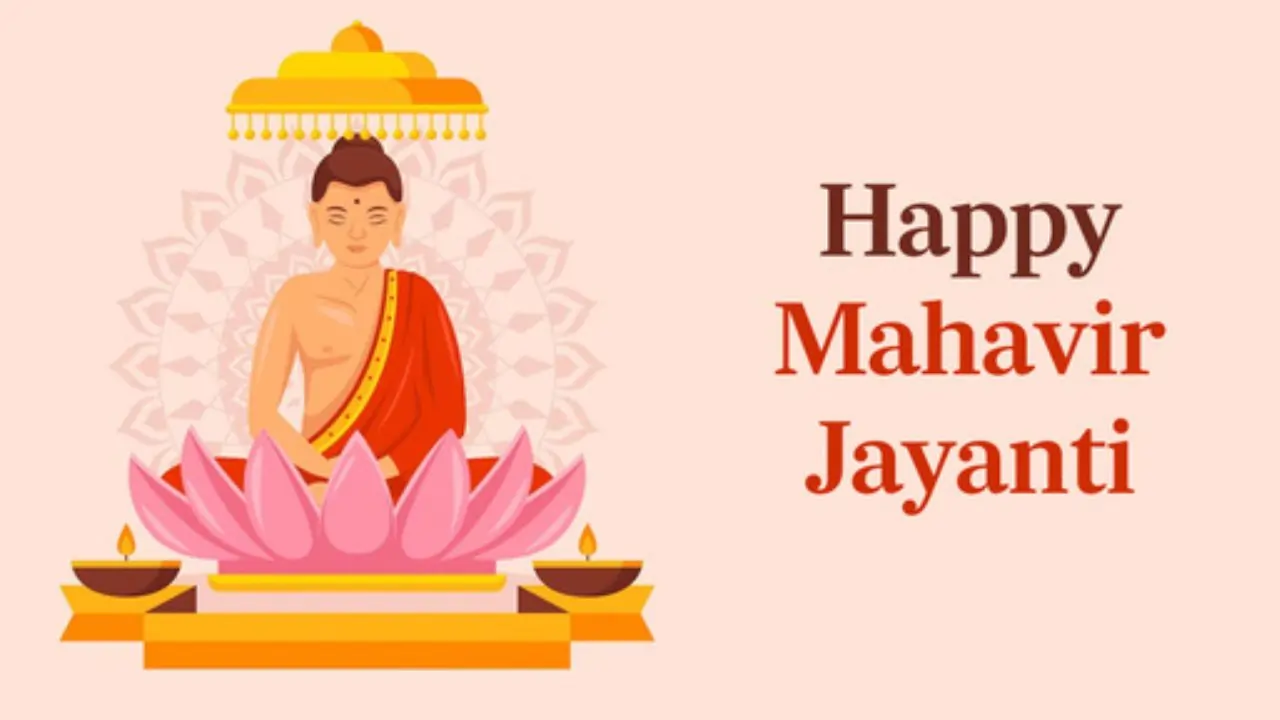
When Saraswati Became Benzaiten: Tracing Indian Deities in Japan
1 month ago | 5 Views
Jaee Vartak from the Enso School of Languages frequently shares educational content on Instagram, focusing on teaching her audience the Japanese language. In a recent entry titled 'Indian Gods in Japan', she explored the profound impact that Indian deities have had on Japanese Buddhism.
Indian deities and their Japanese counterparts
The relationship between Indian deities and their Japanese equivalents is noteworthy. For instance, the Hindu deity Shiva is referred to as Daijizaiten in Japanese Buddhism. Similarly, Lord Ganesha, known for removing obstacles, is honored as Kangiten, while Maa Saraswati, the goddess of knowledge and arts, is recognized as Benzaiten. Additionally, Lakshmi, the goddess of prosperity and good fortune, is celebrated as Kisshoten in this tradition.
In her post, Jaee emphasized the significance of Hindu deities within Japanese Buddhist mythology and iconography. She remarked, “Across cultures and continents, India and Japan share ancient connections through their gods. From the revered Saraswati in India to Benzaiten in Japan, both goddesses embody wisdom, knowledge, and the arts. A reminder of how spirituality transcends borders.”
For further insights, refer to her post:
Origins of 'Japan's Saraswati'
In a 2024 article titled 'How Saraswati Reached Japan', author Devdutt Pattanaik examined the connections between Benzaiten and Goddess Saraswati. He noted, “The Saraswati of Japan is venerated for her association with knowledge and music, as well as her eloquence in discourse and argumentation. Additionally, she is associated with wealth, prosperity, fertility, and beauty, akin to Lakshmi. She is often depicted with multiple arms wielding swords, reminiscent of Durga, and it was in this warrior aspect that she garnered worship from the Samurai.”
The integration of Indian deities into Japanese Buddhism occurred via the Silk Road and various cultural exchange pathways. Devdutt Pattanaik noted, “As Buddhist monks journeyed alongside sailors to Southeast Asia and further to China, they brought numerous images with them. The Buddha was the most prominent among these. However, after the 7th century, representations of Avalokiteshvara, the deity who aids sailors, began to appear, often depicted holding a lotus with a Buddha image atop his head. This marks the beginning of Saraswati's transition from India to the Far East.”
Japan's link to Lakshmi and Ganesha
Notably, a 2019 article from Peepultree.world highlighted that there are over 250 temples throughout Japan dedicated to Ganesha, who is referred to by various names such as Kangiten, Shoten, Ganabachi (Ganapathy), or Binayakaten.
Furthermore, a report from Japantoday.com in 2018 indicated that the name of Kichijoji, recognized as 'Tokyo’s most livable neighborhood', is derived from the Hindu Goddess of wealth, fortune, and prosperity, Lakshmi, who is known as Kichijoten in her Japanese Buddhist incarnation. The temple honoring this Goddess, Kichijo-ji, was originally situated in Bunkyo-ku but was destroyed by fire in 1657.
Read Also: Aditi Bhatia’s Stunning Mumbai Residence: Where Classic Charm Meets Modern Luxury
Get the latest Bollywood entertainment news, trending celebrity news, latest celebrity news, new movie reviews, latest entertainment news, latest Bollywood news, and Bollywood celebrity fashion & style updates!





















